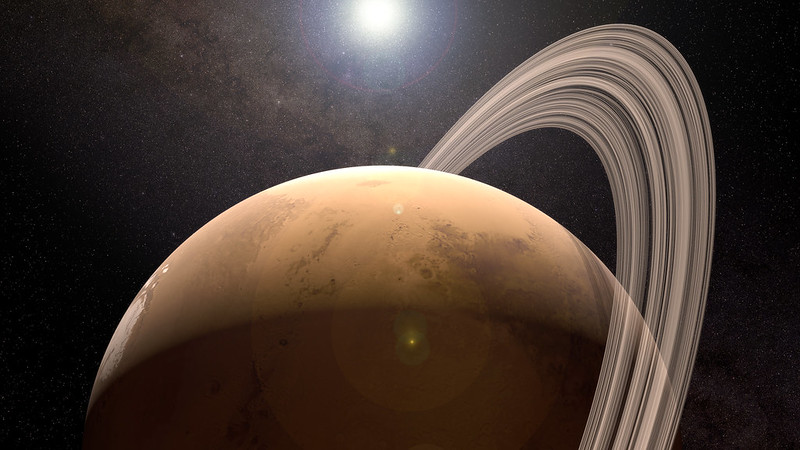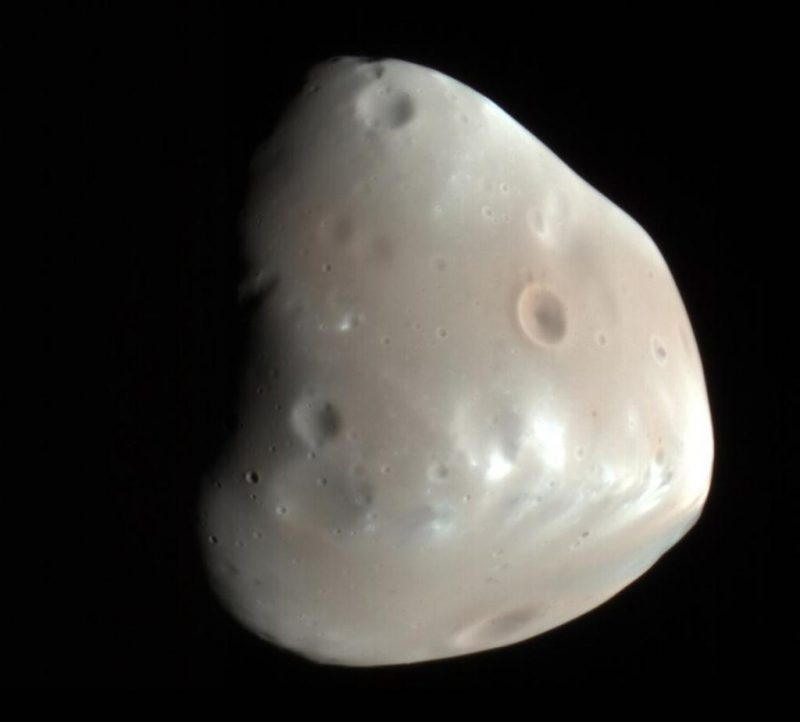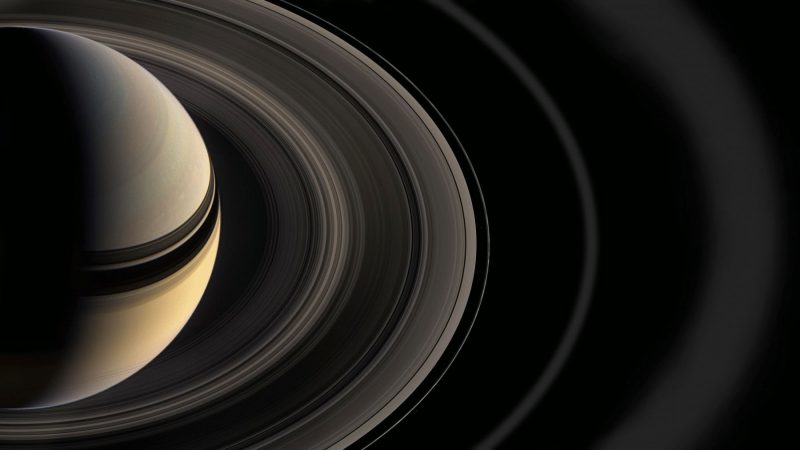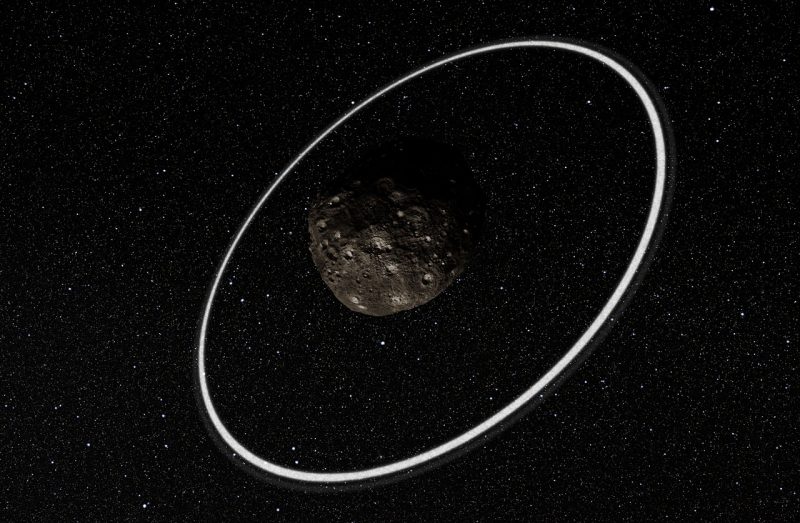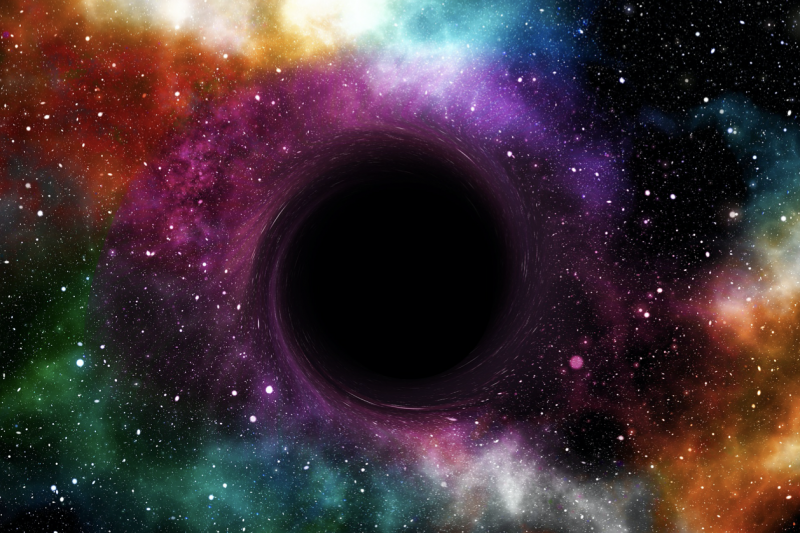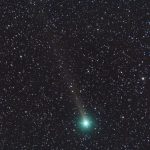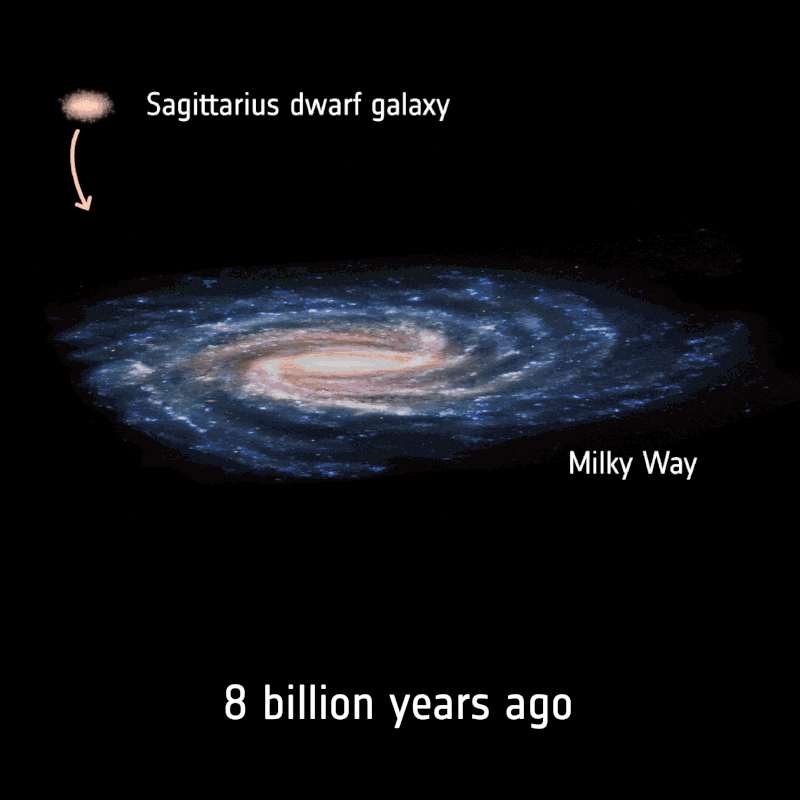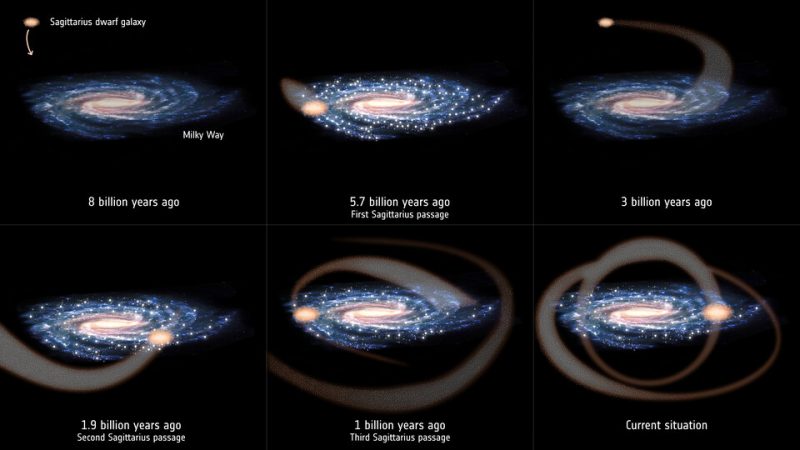
With news about the coronavirus pandemic developing daily, we want to make sure everyone affected by cancer gets the information they need during this time.
We’re pulling together the latest government and NHS health updates from across the UK in a separate blog post, which we’re updating regularly.
Prostate cancer most commonly diagnosed cancer in the UK
New analysis from Prostate Cancer UK suggests that prostate cancer has overtaken breast cancer as the most commonly diagnosed cancer in the UK. Though the numbers aren’t yet the full picture, the charity’s research finds that 57,192 new prostate cancer cases were diagnosed in the UK in 2018, just ahead of the 57,153 breast cancer cases that were diagnosed in the same year. The increasing number of new prostate cancer cases has been linked to increased awareness and earlier diagnosis. But more work is needed to develop tests that can differentiate between aggressive cancers and cancers that may never cause harm in an person’s lifetime. Find out more at The Guardian.
Prostate cancer blood test could help to tailor treatment
Researchers at The Institute of Cancer Research (ICR) and The Royal Marsden NHS Foundation Trust have developed a new blood test that could help to predict how well patients with advanced prostate cancer will respond to treatment. The test could help clinicians to make more effective treatment decisions for people with advanced prostate cancer. The ICR and Royal Marsden are now looking to incorporate the test into other clinical trials to assess its benefits. Read more at Science Focus.
Cancer cells trigger inflammation to hide from viruses
An international study led by a team at the Francis Crick Institute has helped researchers to understand why using viruses to kill cancer cells is only effective in a small number of people. The team found that a group of cells, known as cancer-associated fibroblasts (CAFs), cause inflammation in surrounding tissue when they come into contact with cancer cells. Researchers think this inflammation makes it difficult for cancer-killing viruses to enter cancer cells, limiting the effectiveness of virus-based cancer treatments. The team hopes that the study provides an ‘early step’ to improving the effectiveness of oncolytic virus treatments. Find out about the study at the Crick and News Atlas.
Repurposed drug tested for COVID-19, thanks to Cancer Research UK know-how
Together with our partners, we’ve launched a clinical trial to test if a drug used to treat inflammation in the pancreas can treat people with COVID-19. With COVID-19 delaying cancer research and treatment, our researchers are using their expertise to help tackle the disease and get cancer services back on track, as our press release explains.
Turning off a ‘key’ gene disrupts development and spread of triple-negative breast cancer in mice
Researchers from Tulane University have found that ‘switching off’ a gene linked to triple triple negative breast cancer – TRAF3IP2 – can disrupt cancer growth and spread in mice. The researchers are now looking to get approval to start clinical trials . Read more about the discovery at Biospace.
And finally…
Researchers at the National Cancer Institute in the United States have suggested that exposure to light at night from street lamps might be linked to an up to 10% increased risk of developing breast cancer after menopause. The study examined cases of breast cancer among 186,981 post-menopausal women over a 16-year period. Its findings suggest that women exposed to the highest levels of outdoor light at night had a ten percent higher chance of developing breast cancer during the follow up, compared to women with the lowest exposure. But despite the headlines, the findings don’t mean that street lamps cause breast cancer, and more research is needed to understand any connection. The Sun has this one.
Jamie Hamilton is a media and communication analyst at Cancer Research UK
from Cancer Research UK – Science blog https://ift.tt/3f01chB

With news about the coronavirus pandemic developing daily, we want to make sure everyone affected by cancer gets the information they need during this time.
We’re pulling together the latest government and NHS health updates from across the UK in a separate blog post, which we’re updating regularly.
Prostate cancer most commonly diagnosed cancer in the UK
New analysis from Prostate Cancer UK suggests that prostate cancer has overtaken breast cancer as the most commonly diagnosed cancer in the UK. Though the numbers aren’t yet the full picture, the charity’s research finds that 57,192 new prostate cancer cases were diagnosed in the UK in 2018, just ahead of the 57,153 breast cancer cases that were diagnosed in the same year. The increasing number of new prostate cancer cases has been linked to increased awareness and earlier diagnosis. But more work is needed to develop tests that can differentiate between aggressive cancers and cancers that may never cause harm in an person’s lifetime. Find out more at The Guardian.
Prostate cancer blood test could help to tailor treatment
Researchers at The Institute of Cancer Research (ICR) and The Royal Marsden NHS Foundation Trust have developed a new blood test that could help to predict how well patients with advanced prostate cancer will respond to treatment. The test could help clinicians to make more effective treatment decisions for people with advanced prostate cancer. The ICR and Royal Marsden are now looking to incorporate the test into other clinical trials to assess its benefits. Read more at Science Focus.
Cancer cells trigger inflammation to hide from viruses
An international study led by a team at the Francis Crick Institute has helped researchers to understand why using viruses to kill cancer cells is only effective in a small number of people. The team found that a group of cells, known as cancer-associated fibroblasts (CAFs), cause inflammation in surrounding tissue when they come into contact with cancer cells. Researchers think this inflammation makes it difficult for cancer-killing viruses to enter cancer cells, limiting the effectiveness of virus-based cancer treatments. The team hopes that the study provides an ‘early step’ to improving the effectiveness of oncolytic virus treatments. Find out about the study at the Crick and News Atlas.
Repurposed drug tested for COVID-19, thanks to Cancer Research UK know-how
Together with our partners, we’ve launched a clinical trial to test if a drug used to treat inflammation in the pancreas can treat people with COVID-19. With COVID-19 delaying cancer research and treatment, our researchers are using their expertise to help tackle the disease and get cancer services back on track, as our press release explains.
Turning off a ‘key’ gene disrupts development and spread of triple-negative breast cancer in mice
Researchers from Tulane University have found that ‘switching off’ a gene linked to triple triple negative breast cancer – TRAF3IP2 – can disrupt cancer growth and spread in mice. The researchers are now looking to get approval to start clinical trials . Read more about the discovery at Biospace.
And finally…
Researchers at the National Cancer Institute in the United States have suggested that exposure to light at night from street lamps might be linked to an up to 10% increased risk of developing breast cancer after menopause. The study examined cases of breast cancer among 186,981 post-menopausal women over a 16-year period. Its findings suggest that women exposed to the highest levels of outdoor light at night had a ten percent higher chance of developing breast cancer during the follow up, compared to women with the lowest exposure. But despite the headlines, the findings don’t mean that street lamps cause breast cancer, and more research is needed to understand any connection. The Sun has this one.
Jamie Hamilton is a media and communication analyst at Cancer Research UK
from Cancer Research UK – Science blog https://ift.tt/3f01chB


